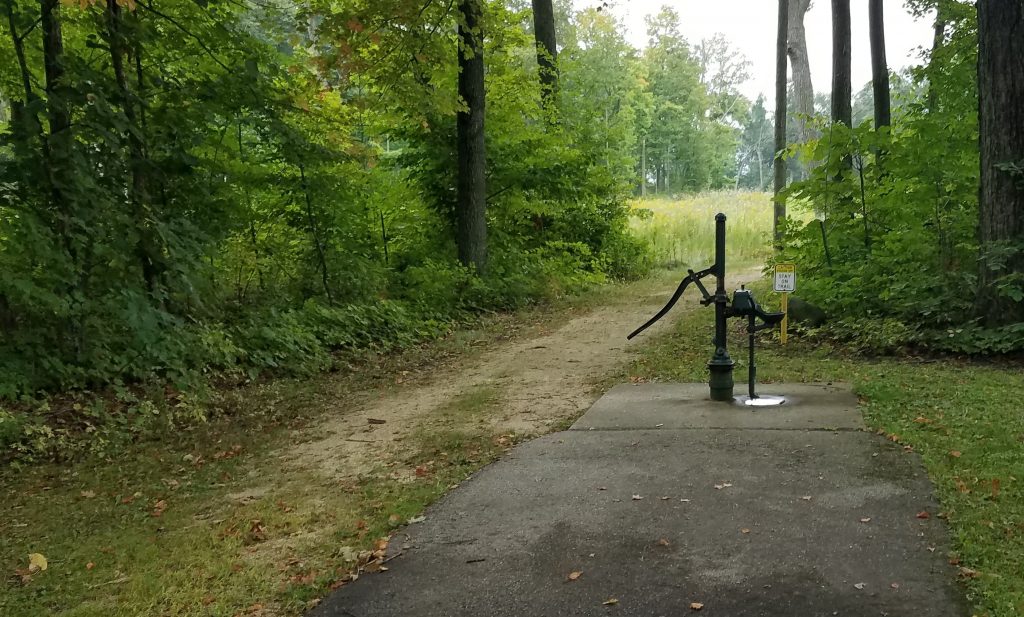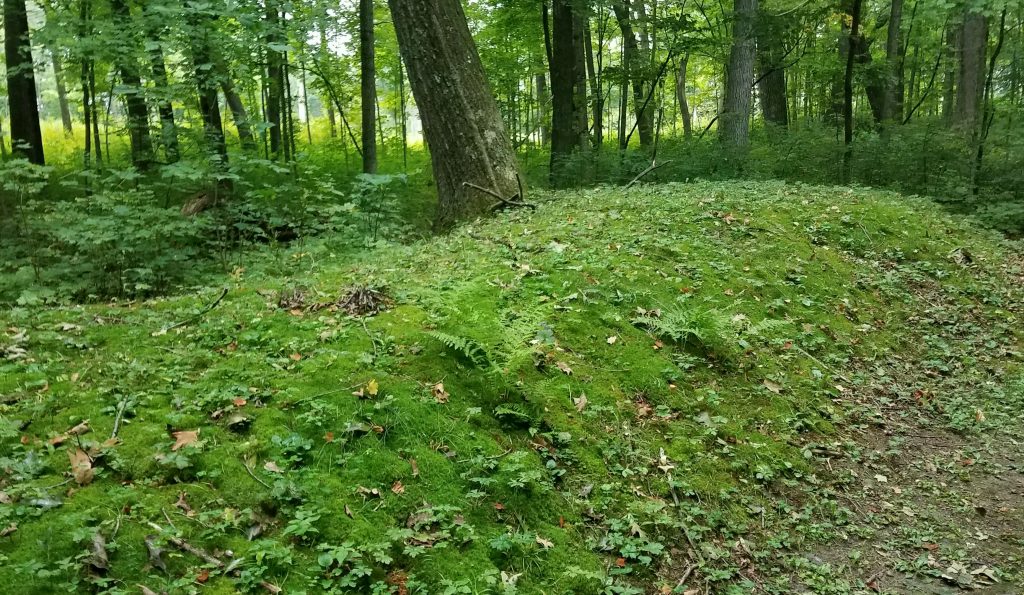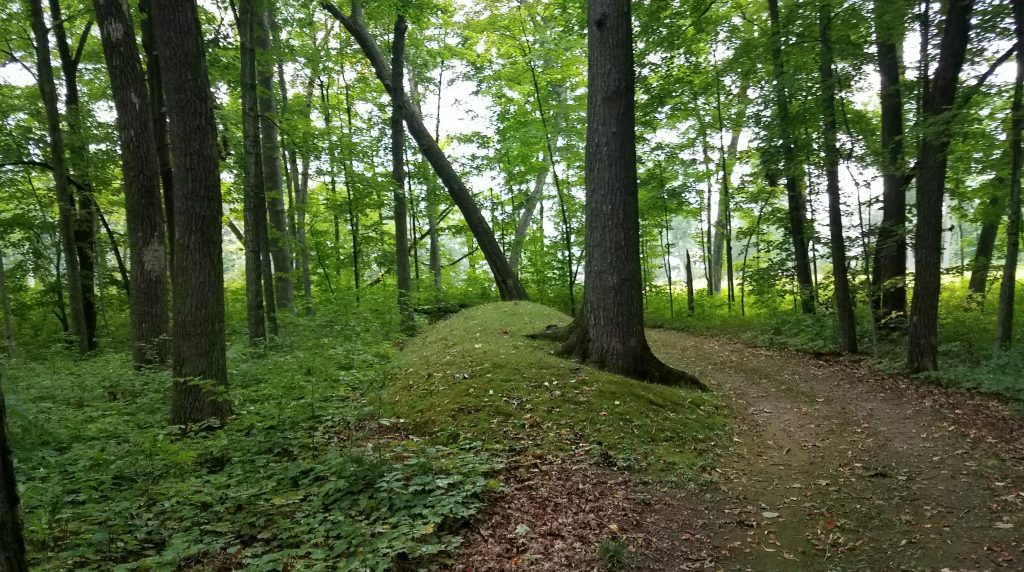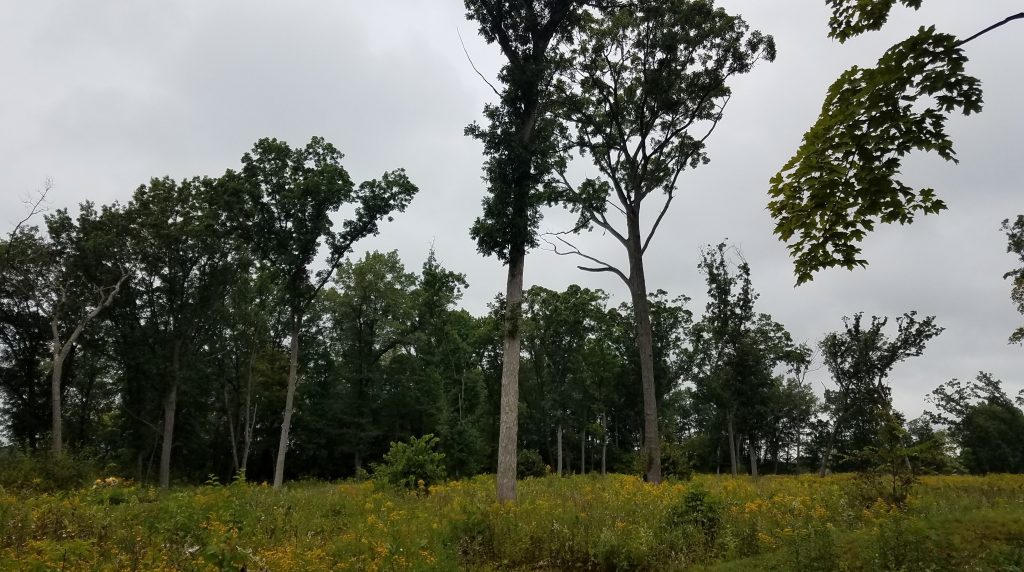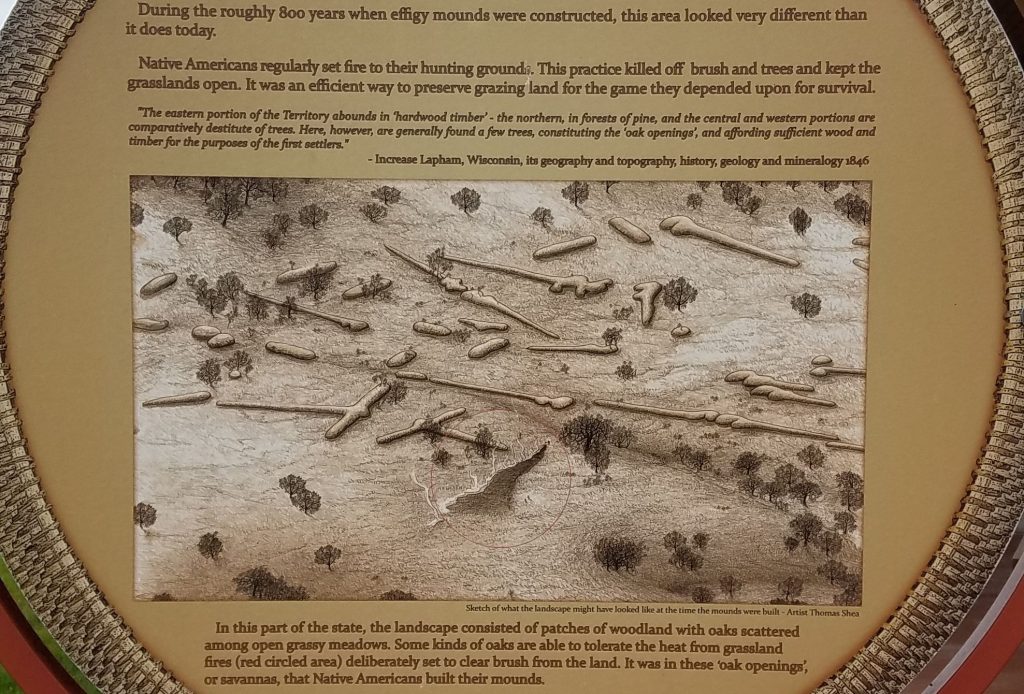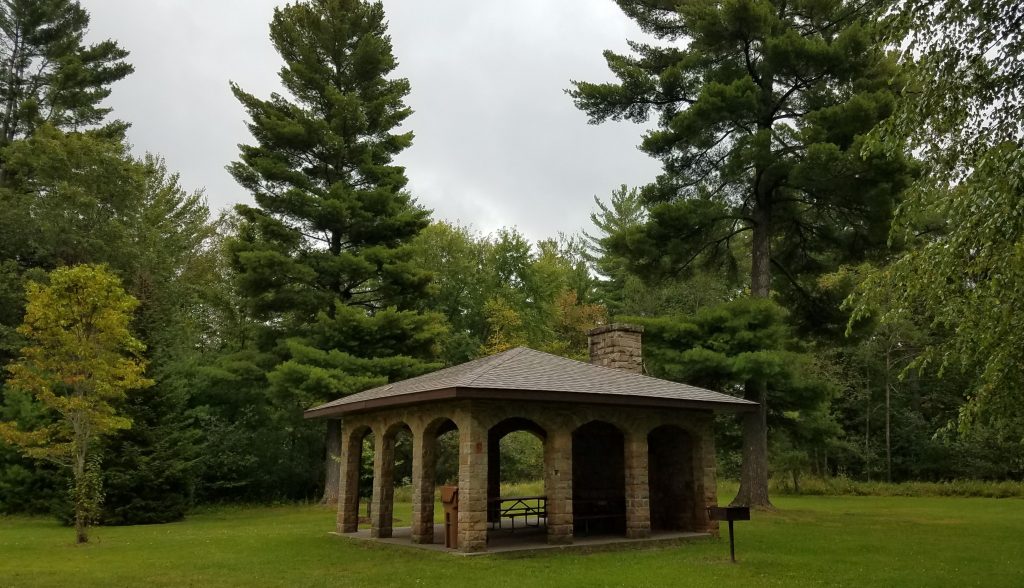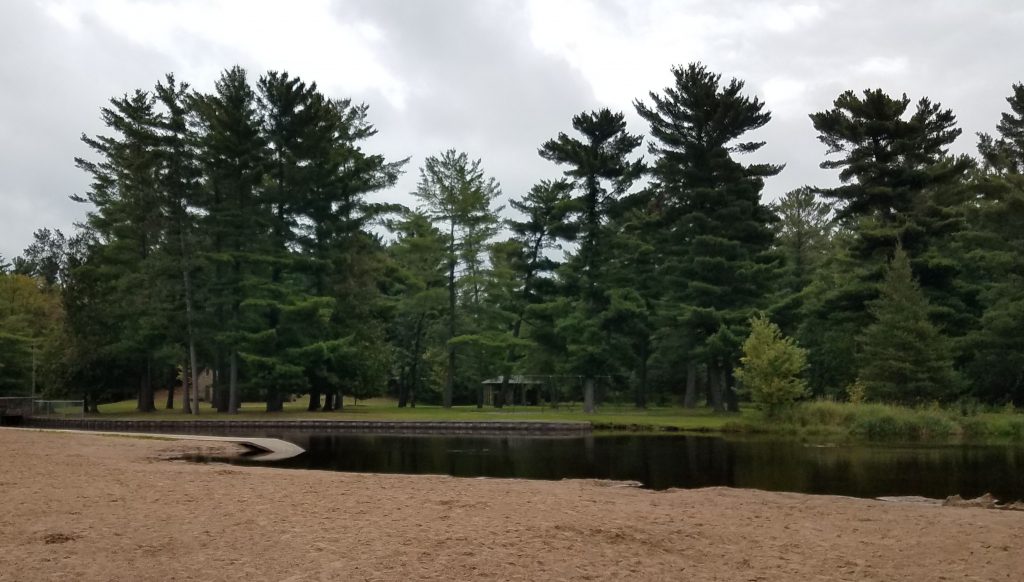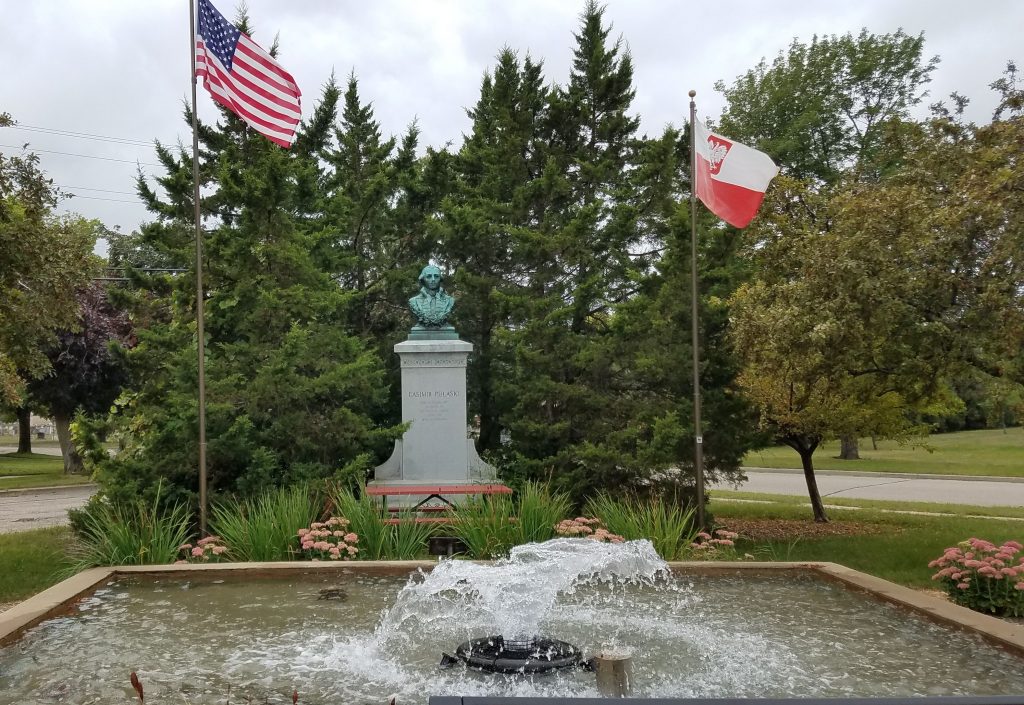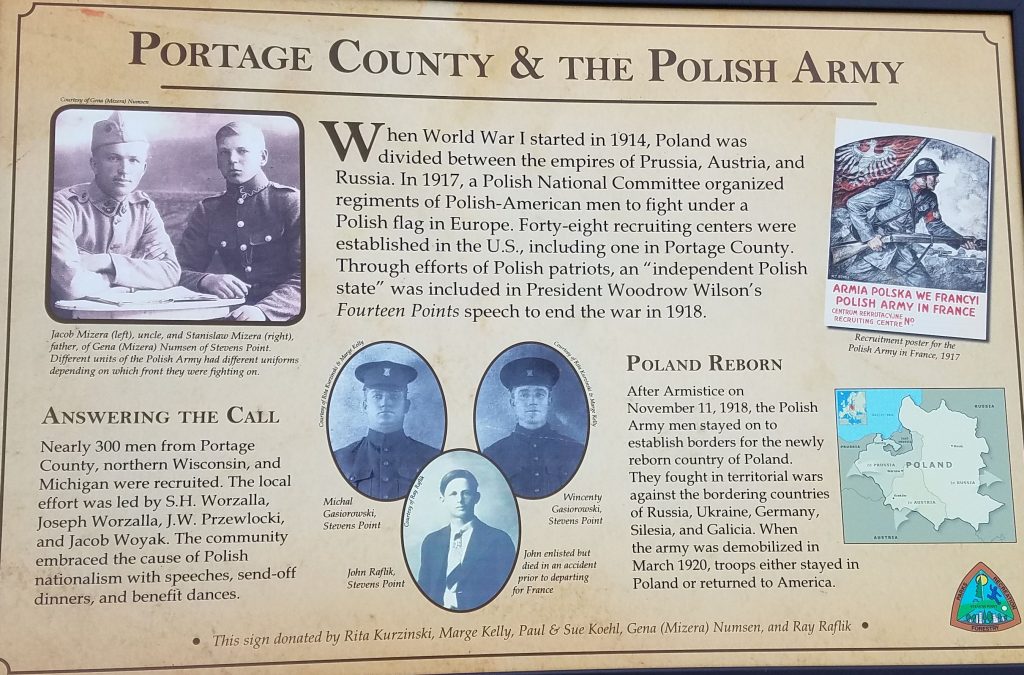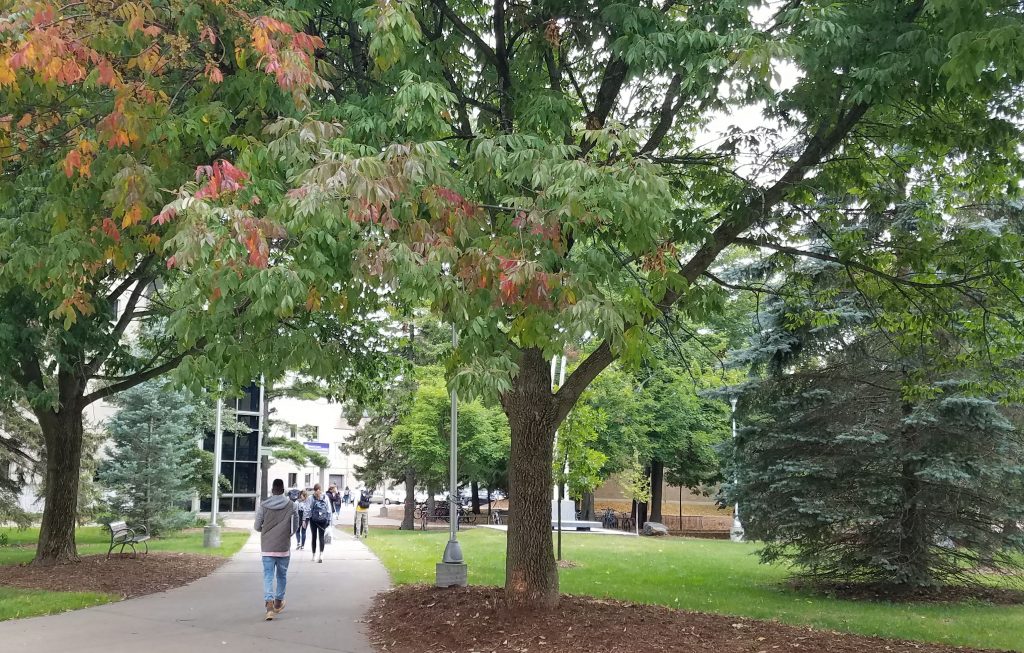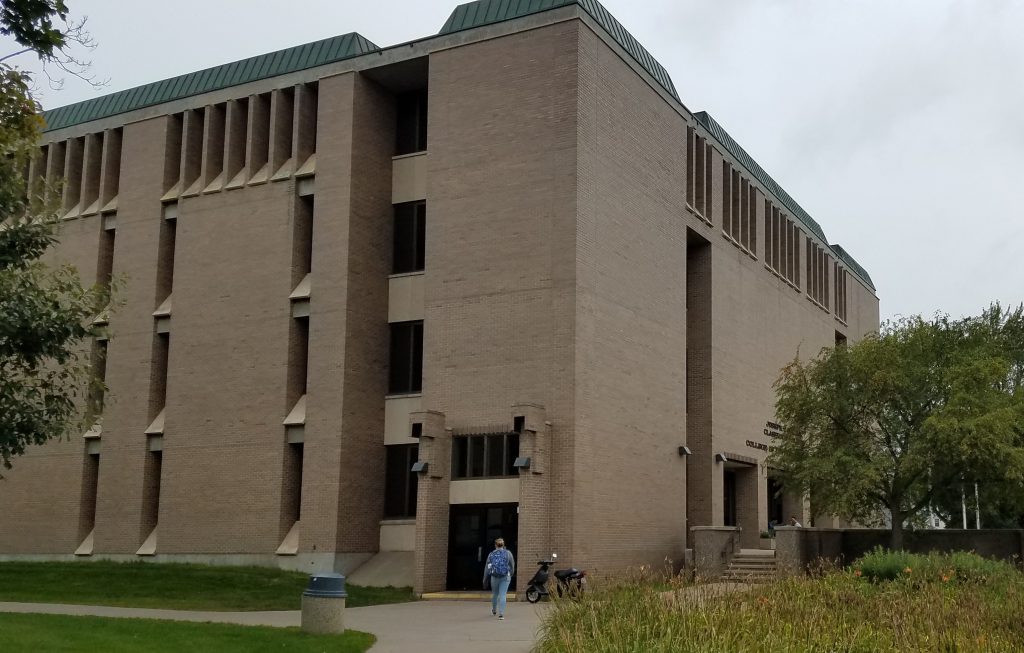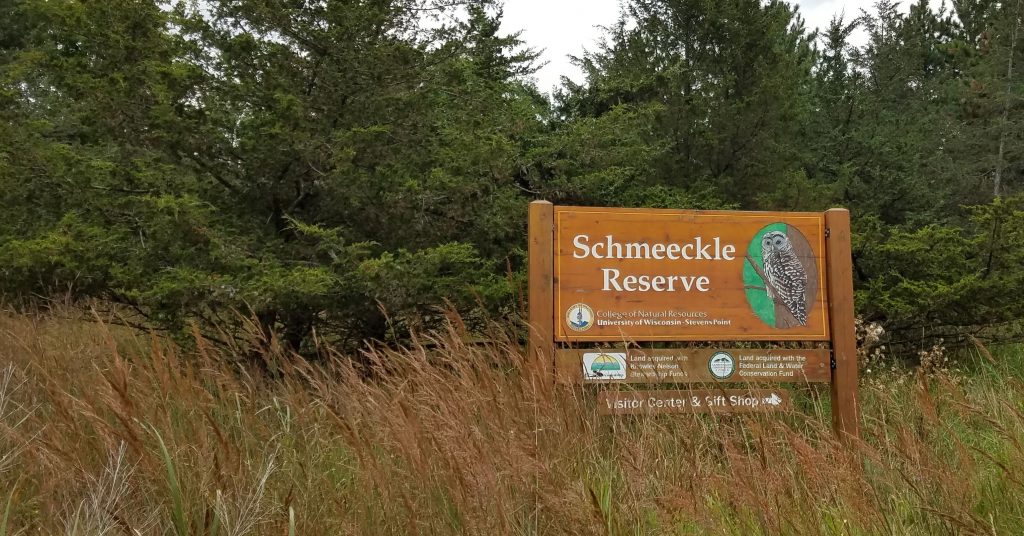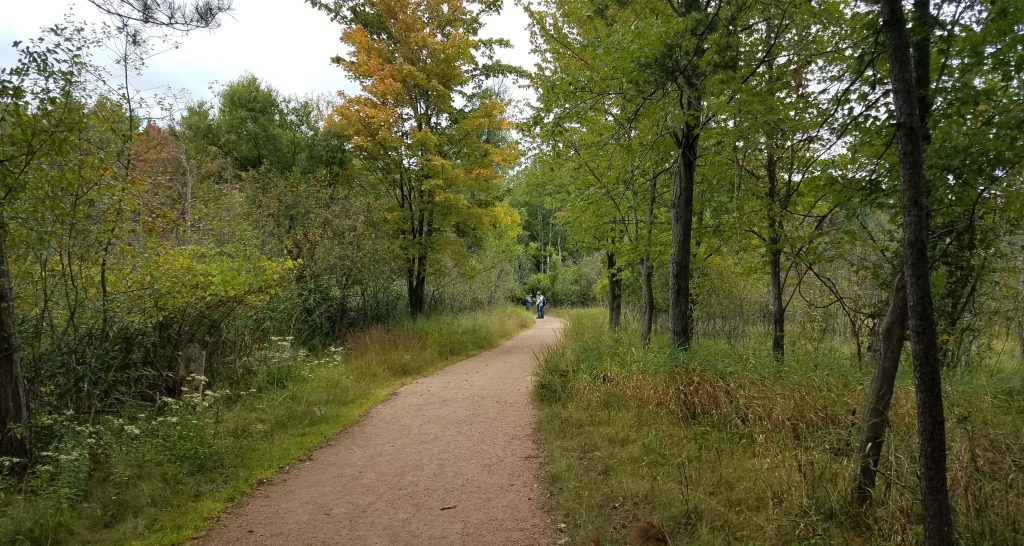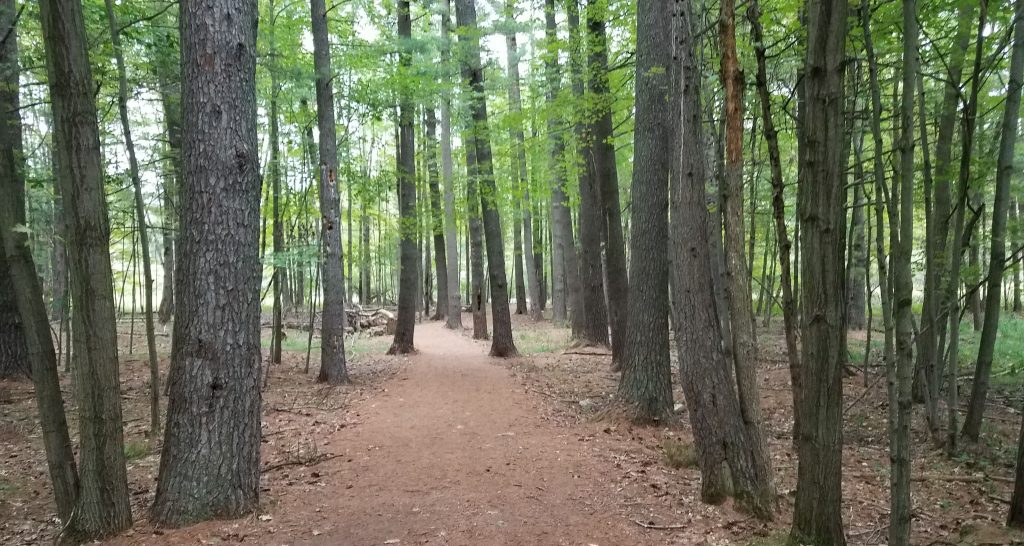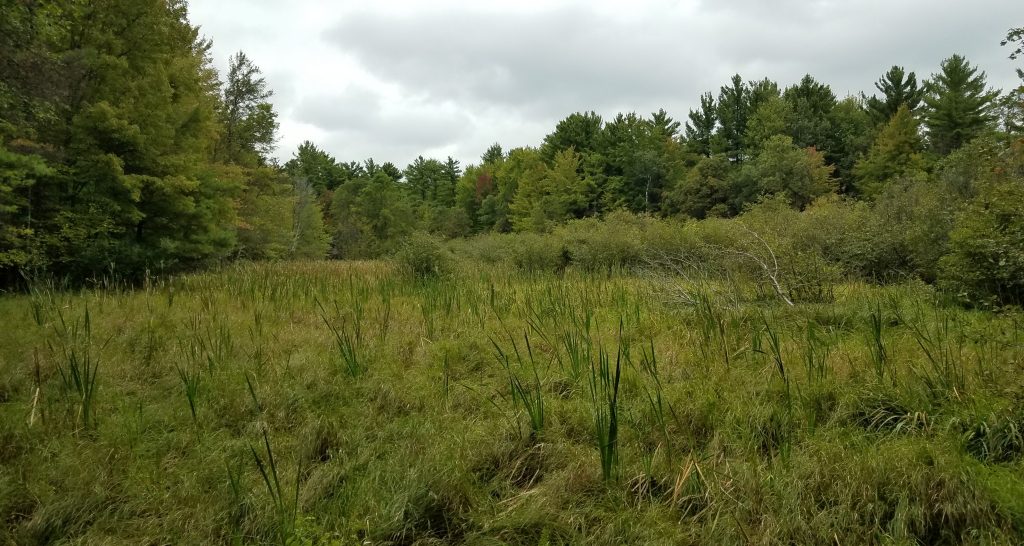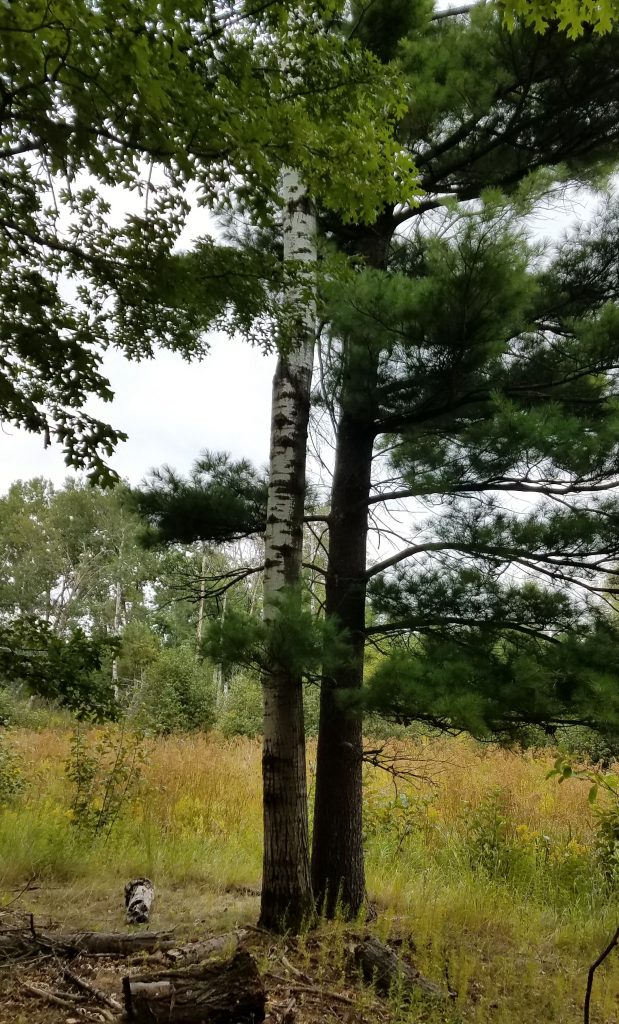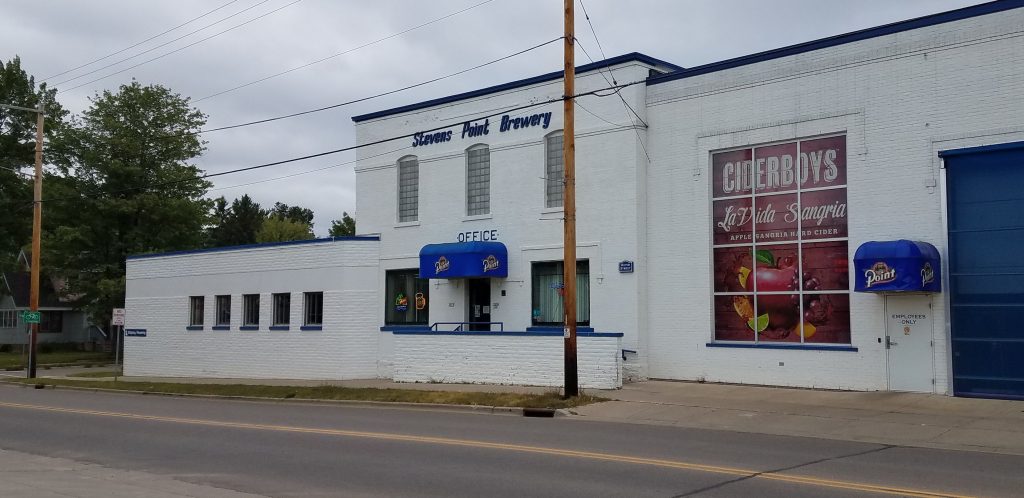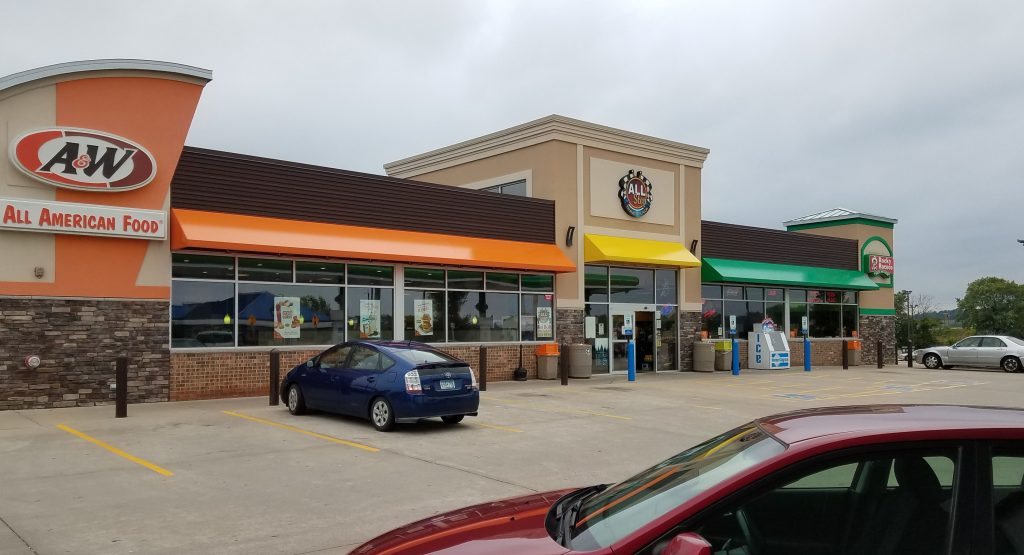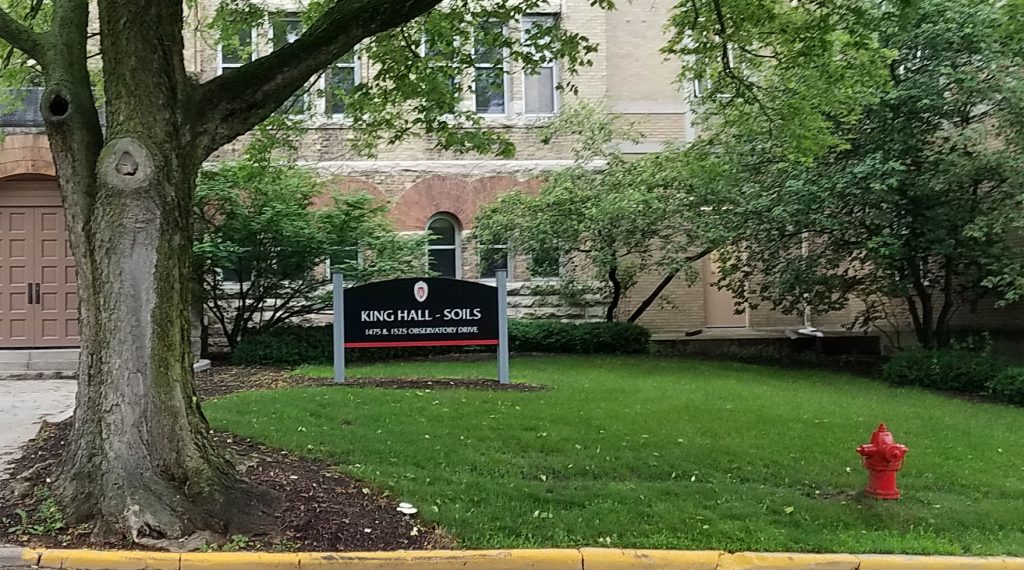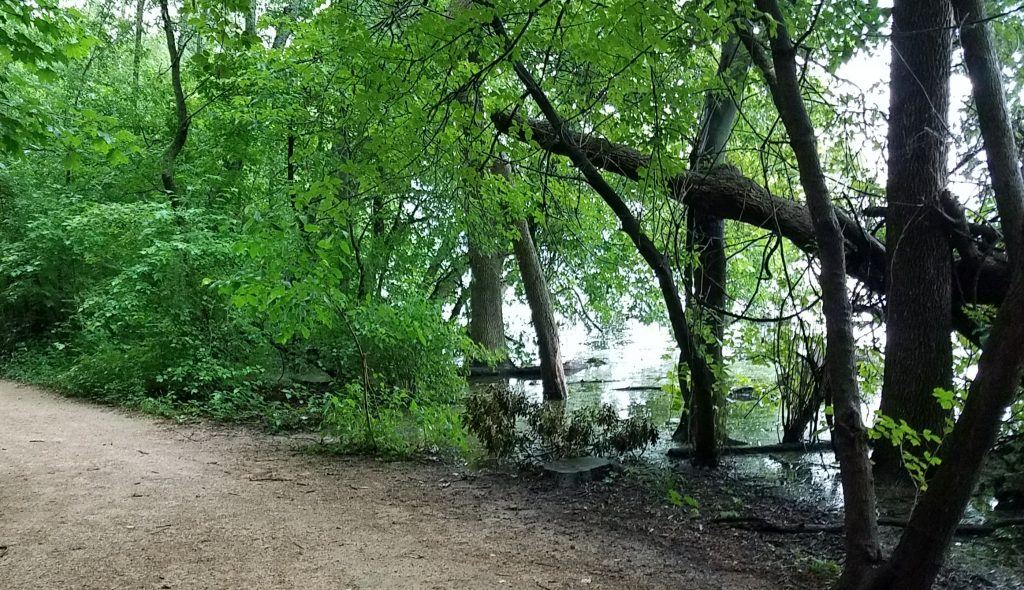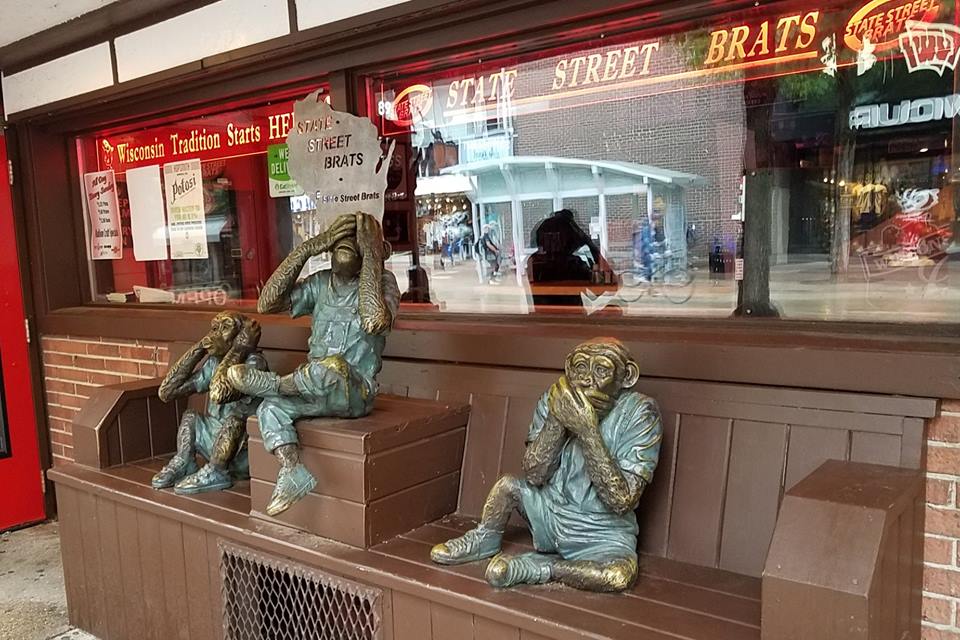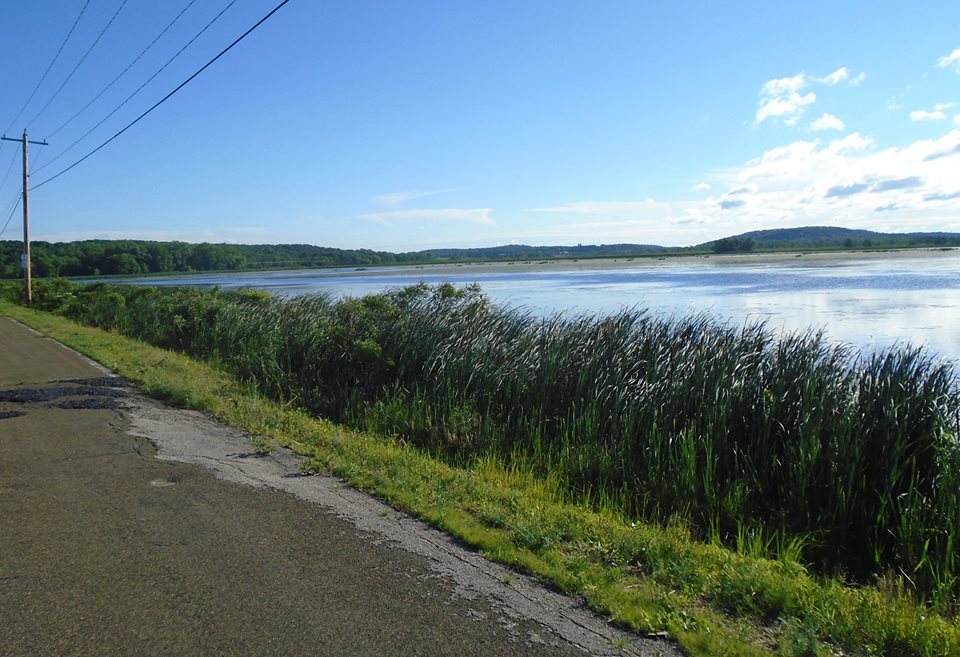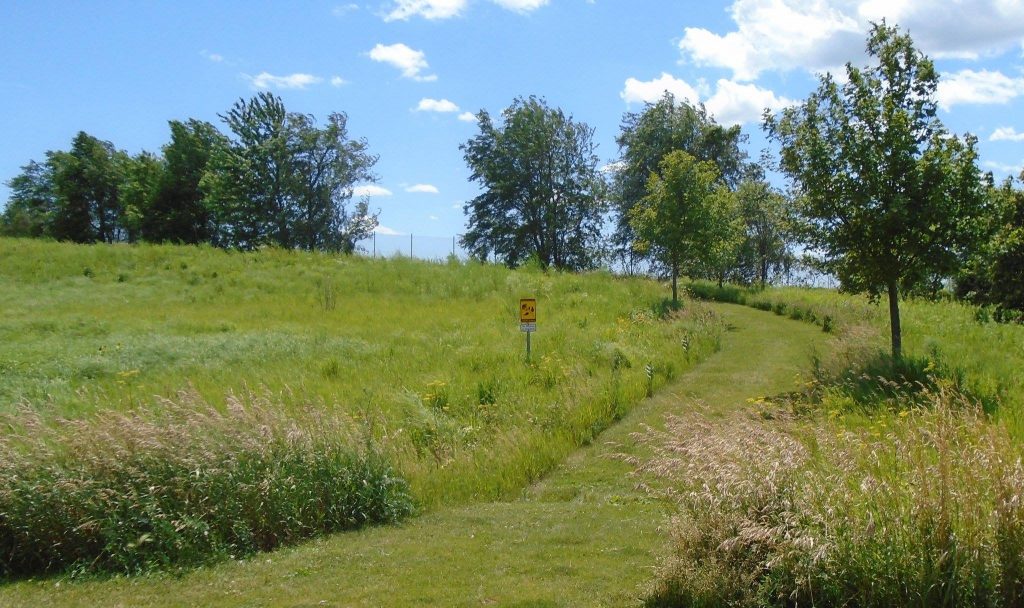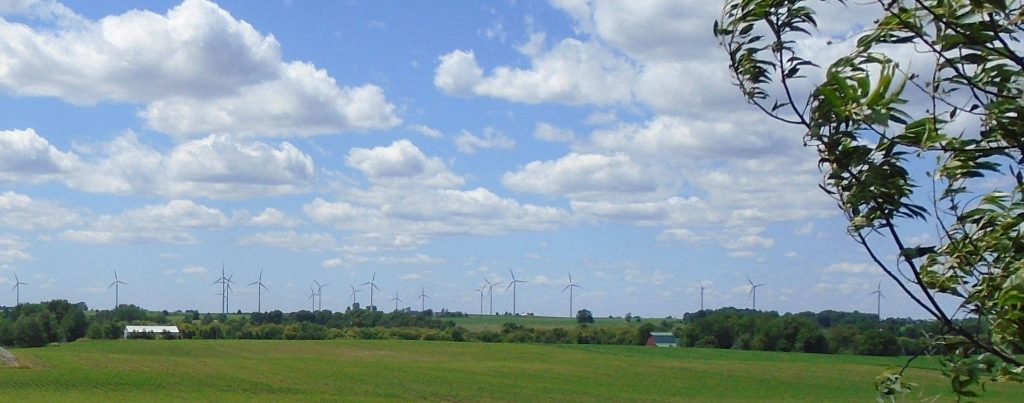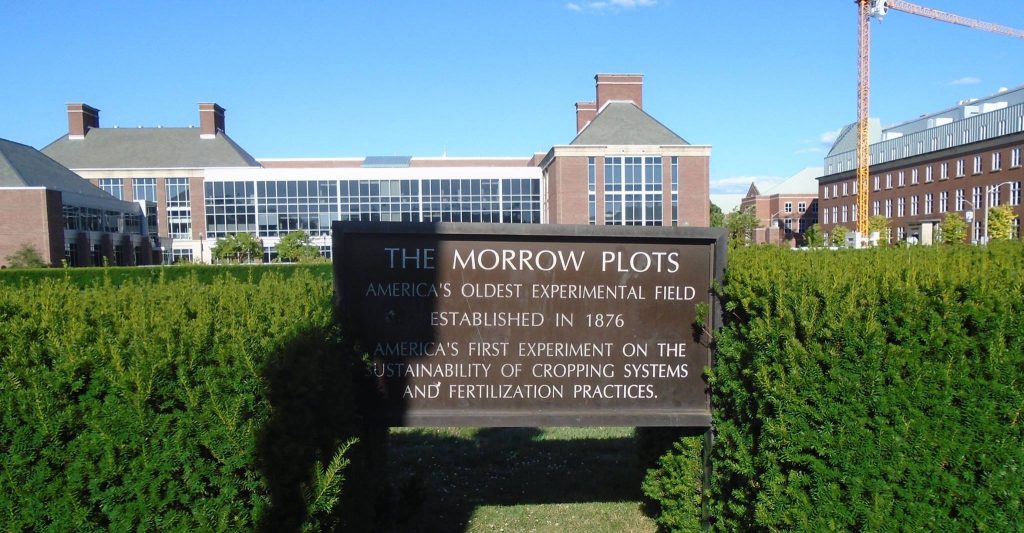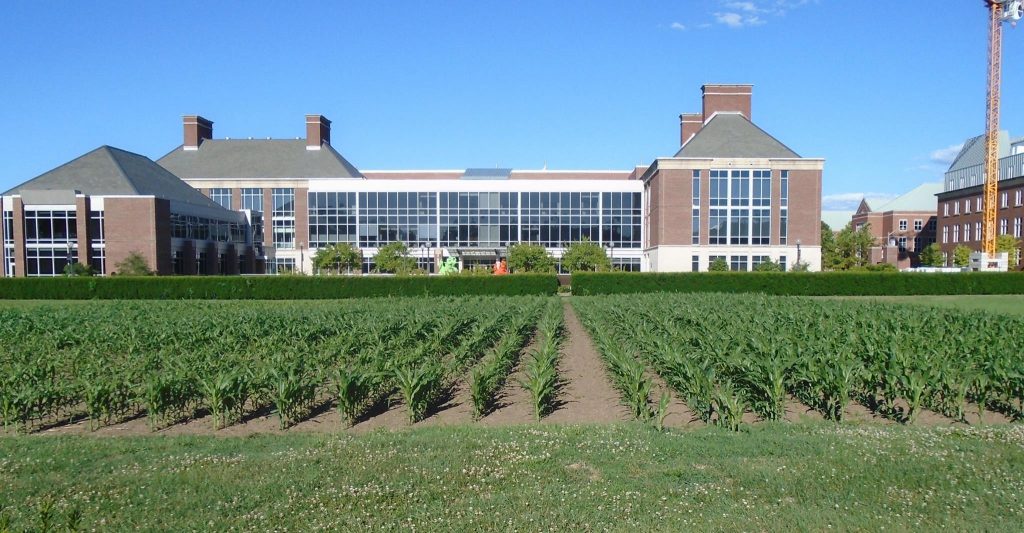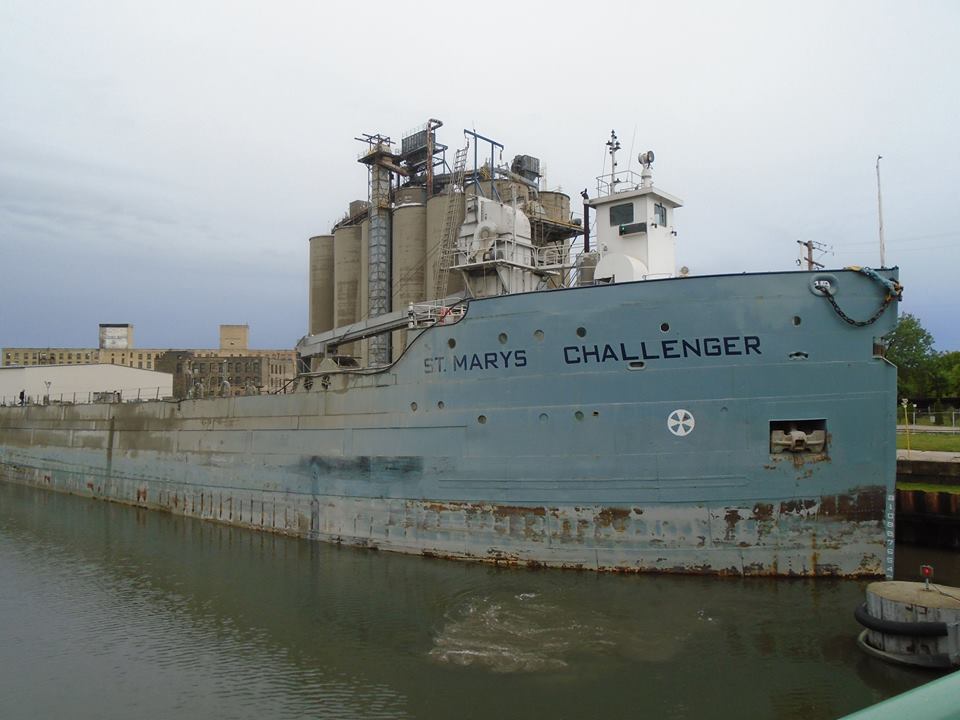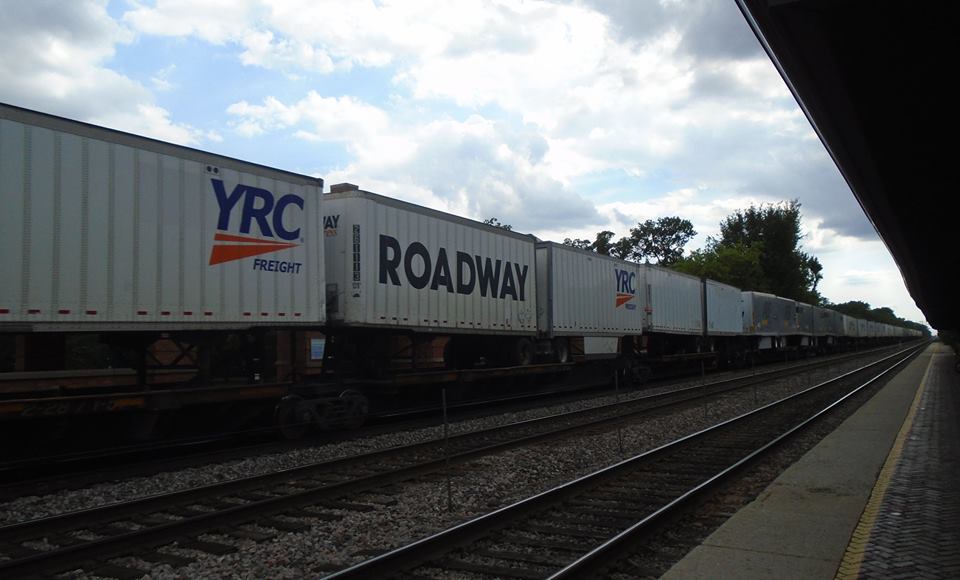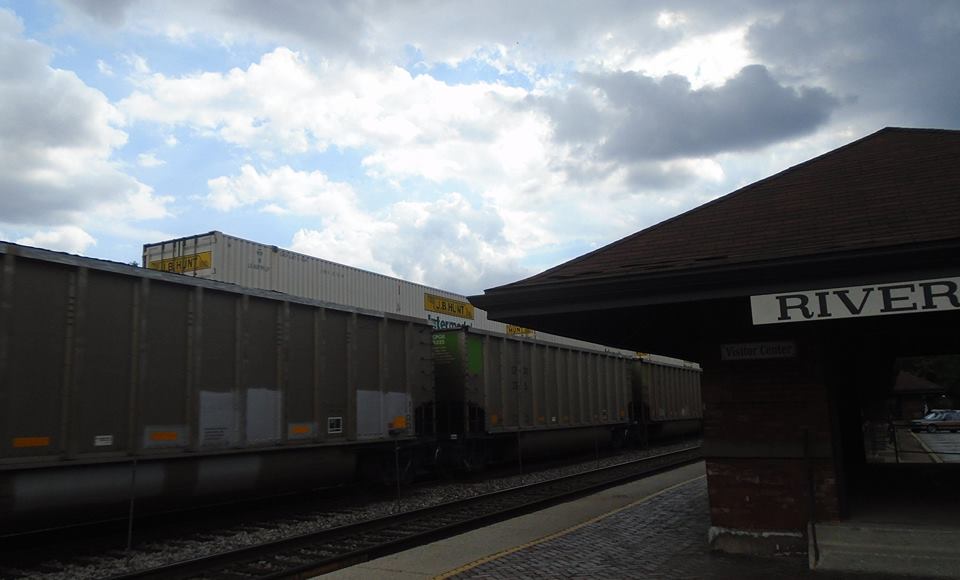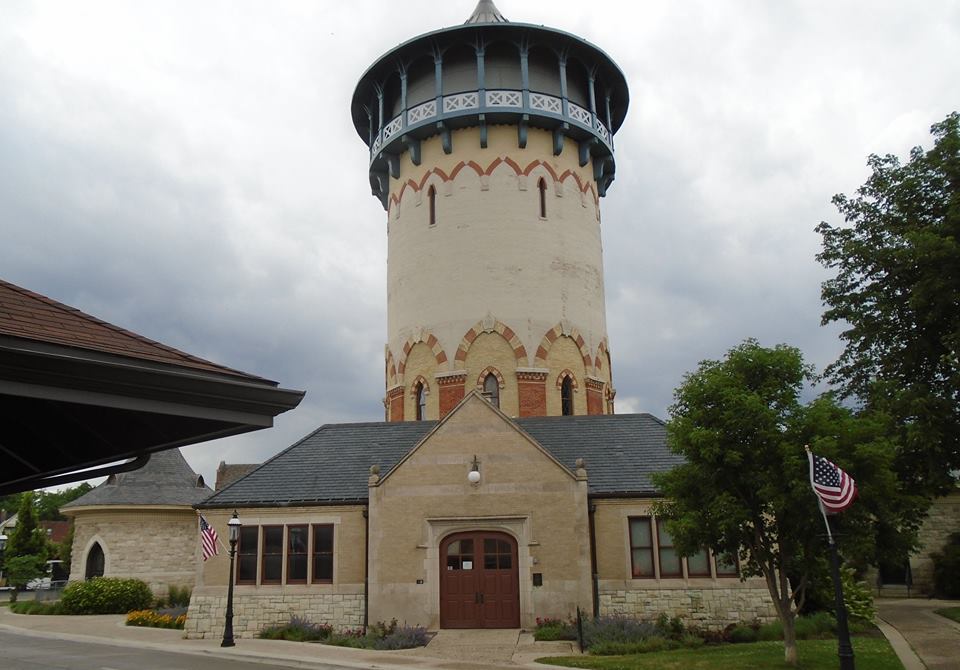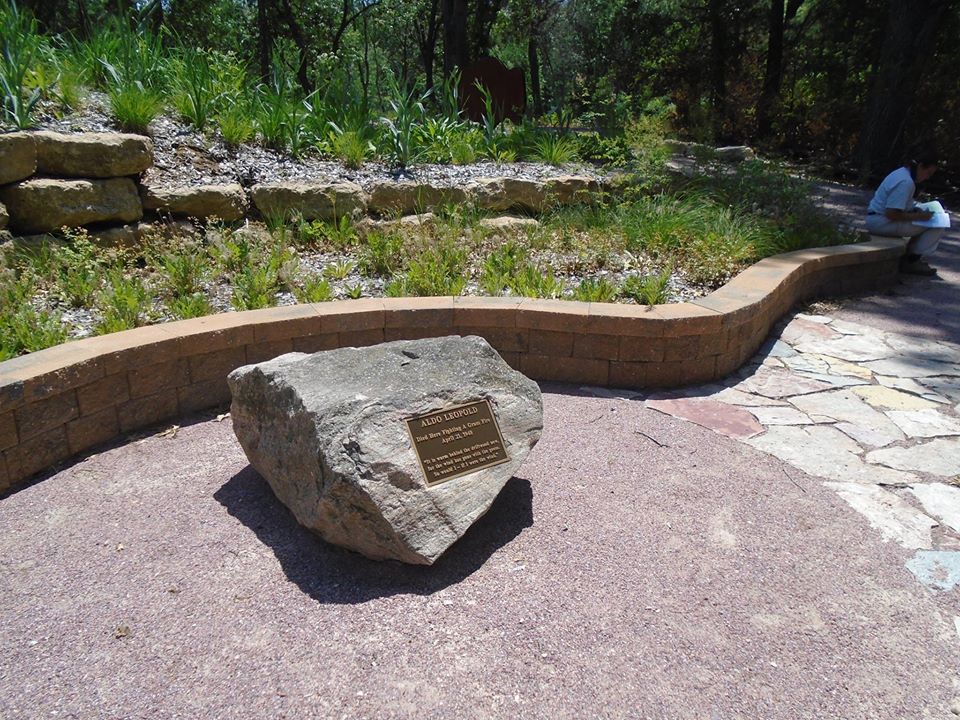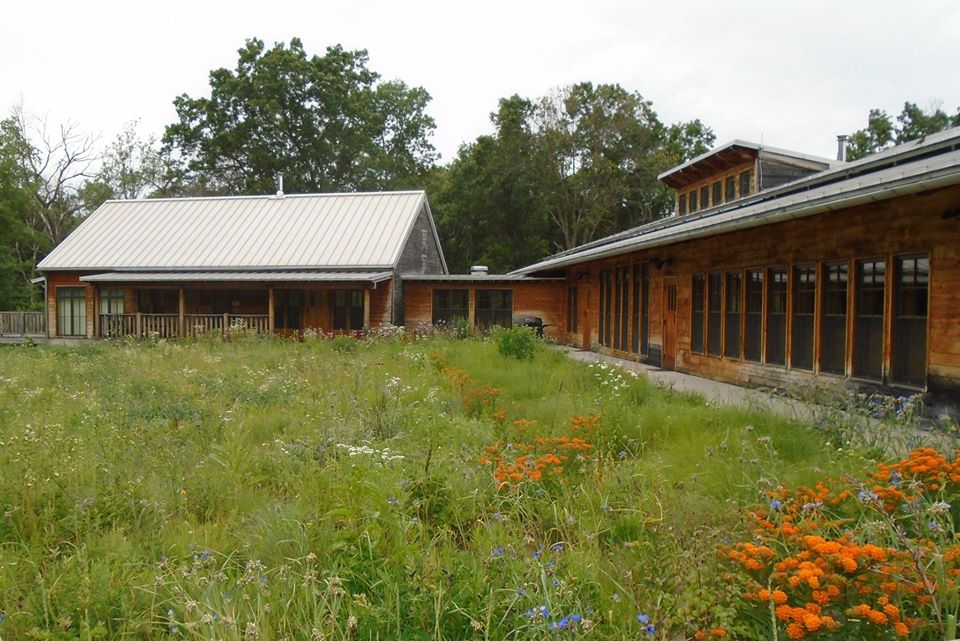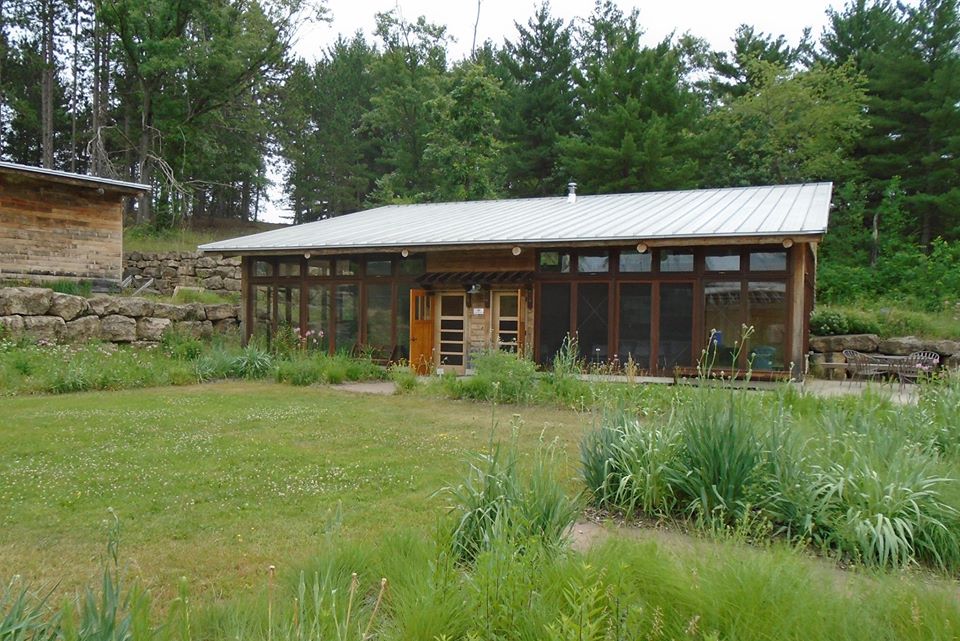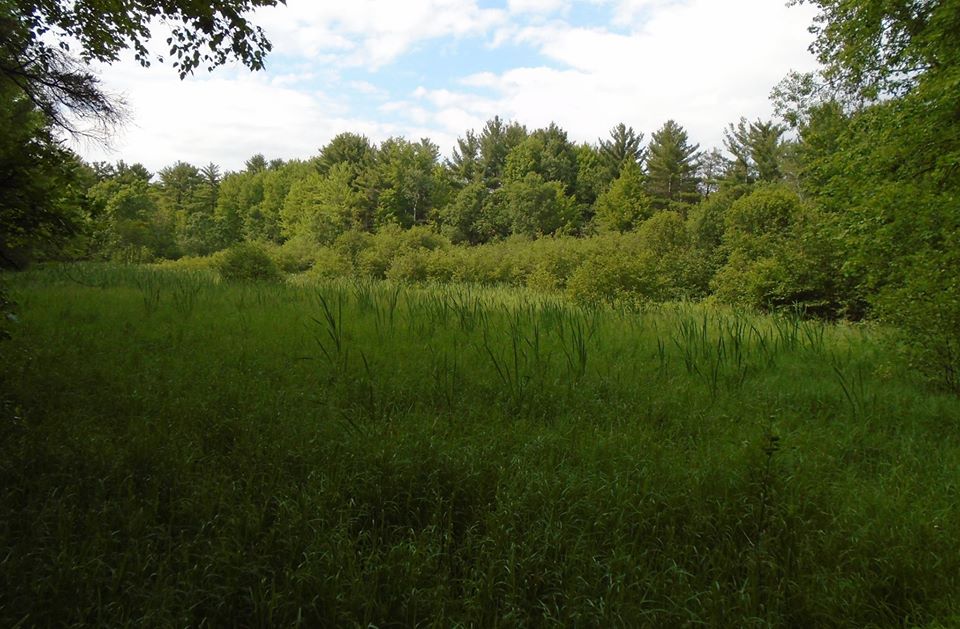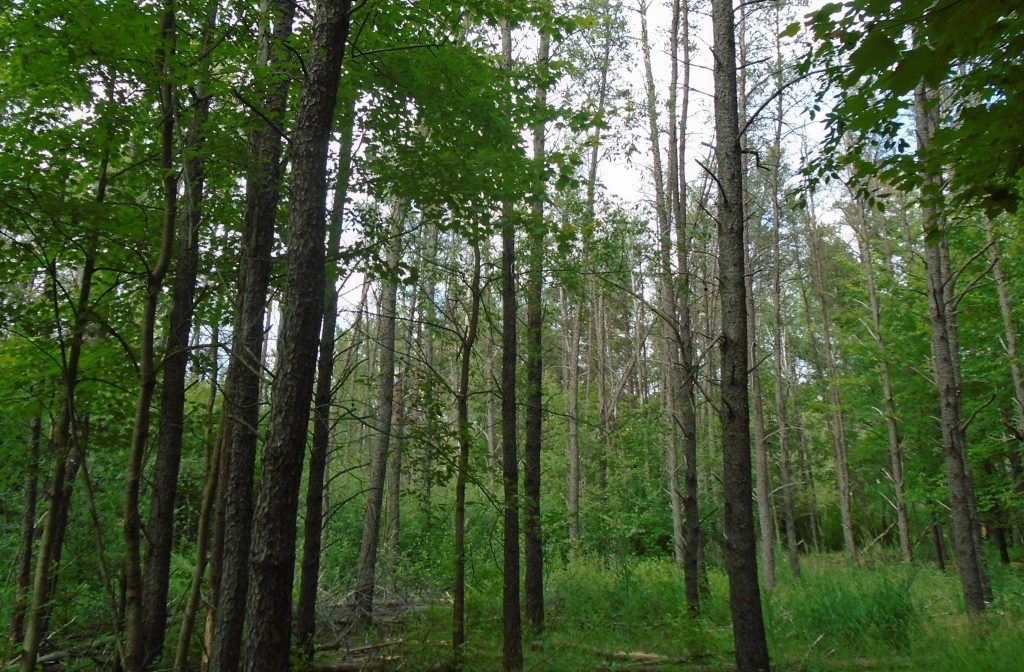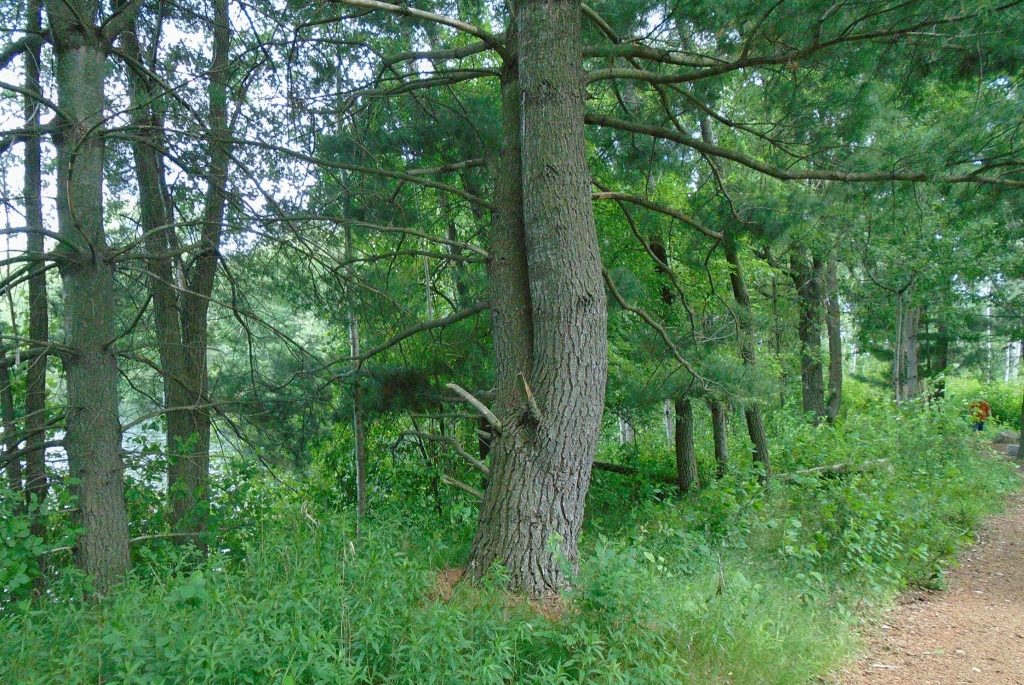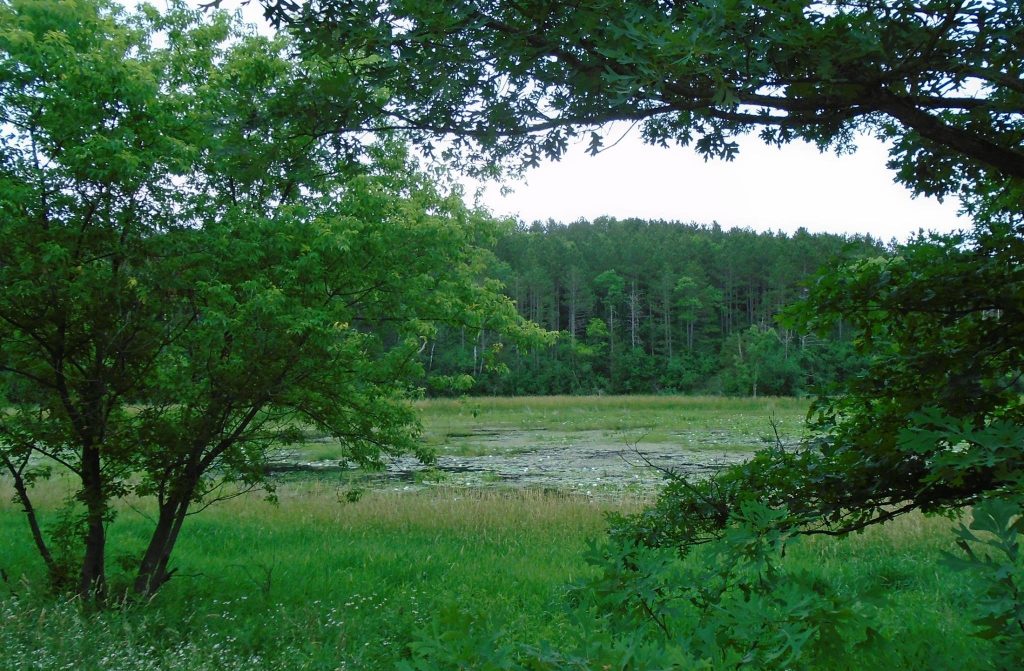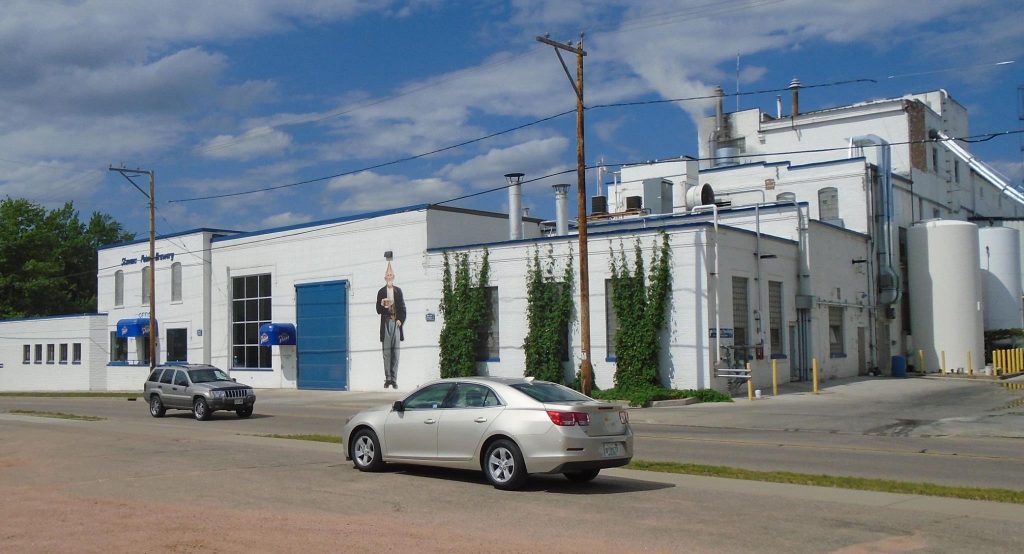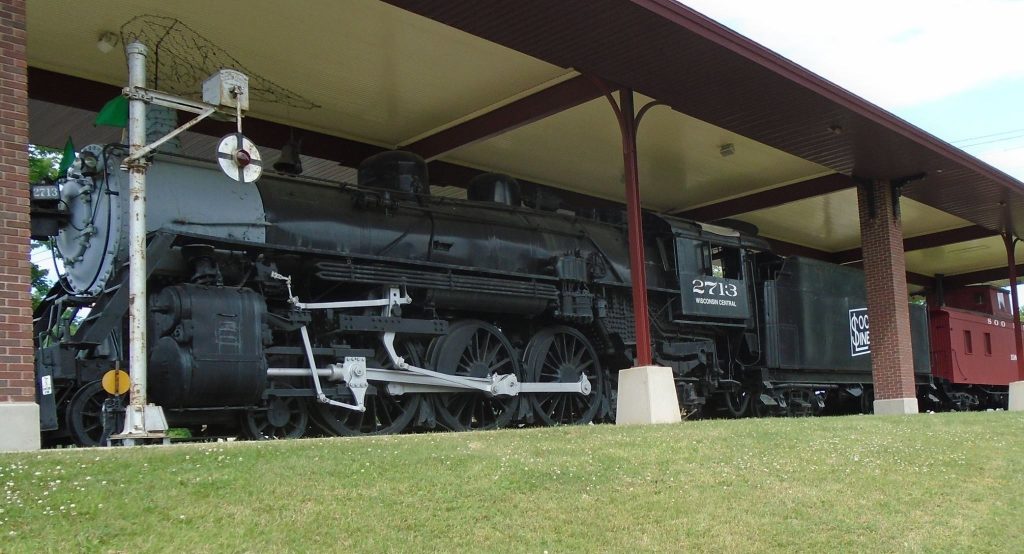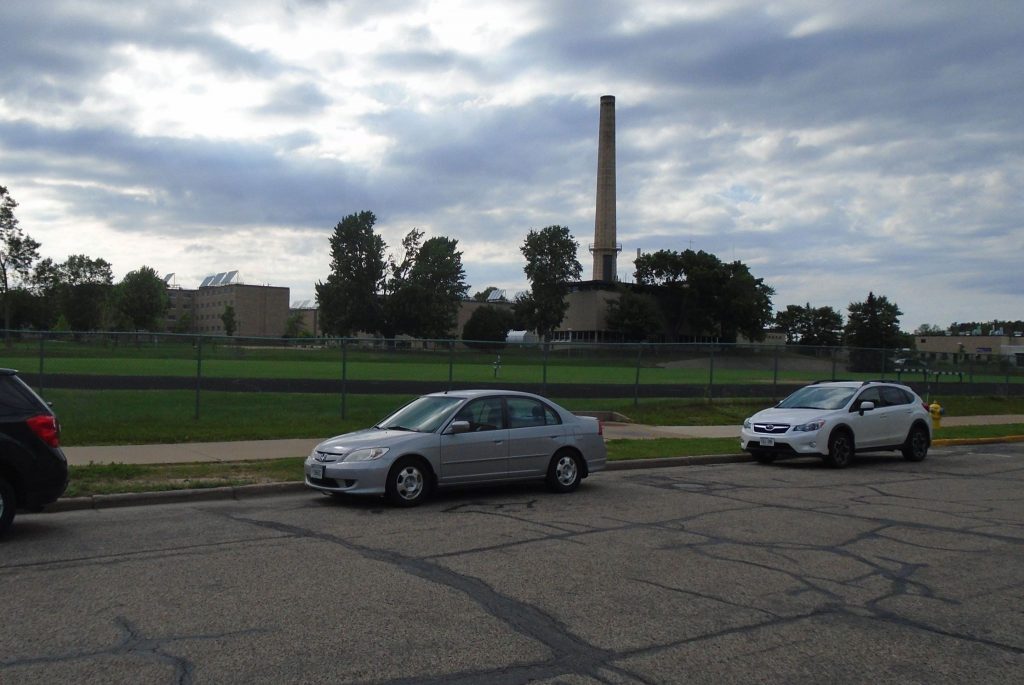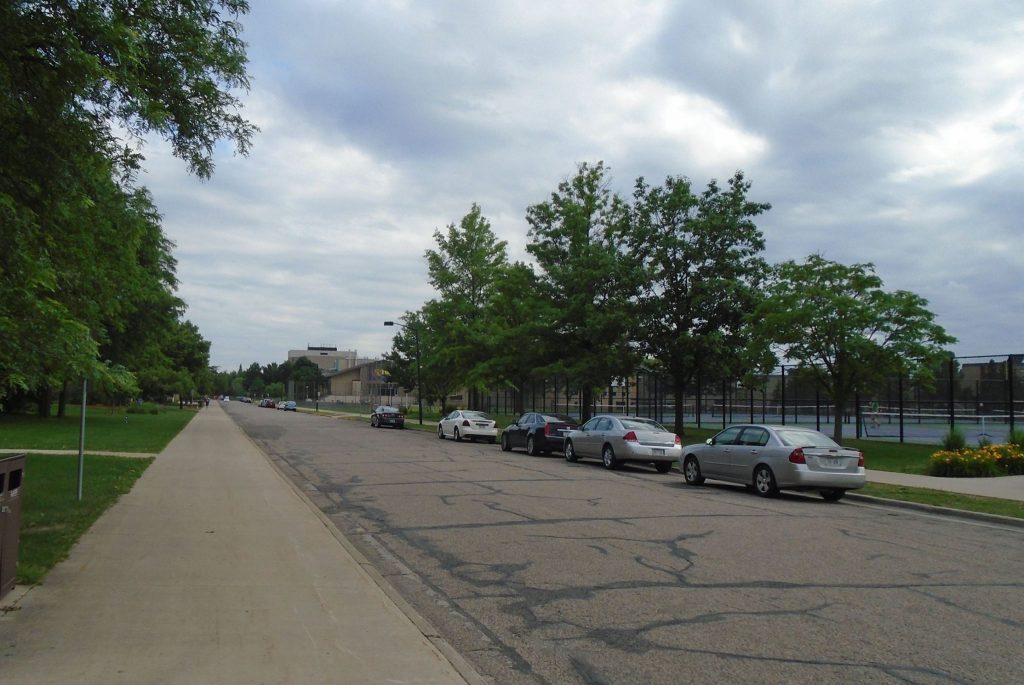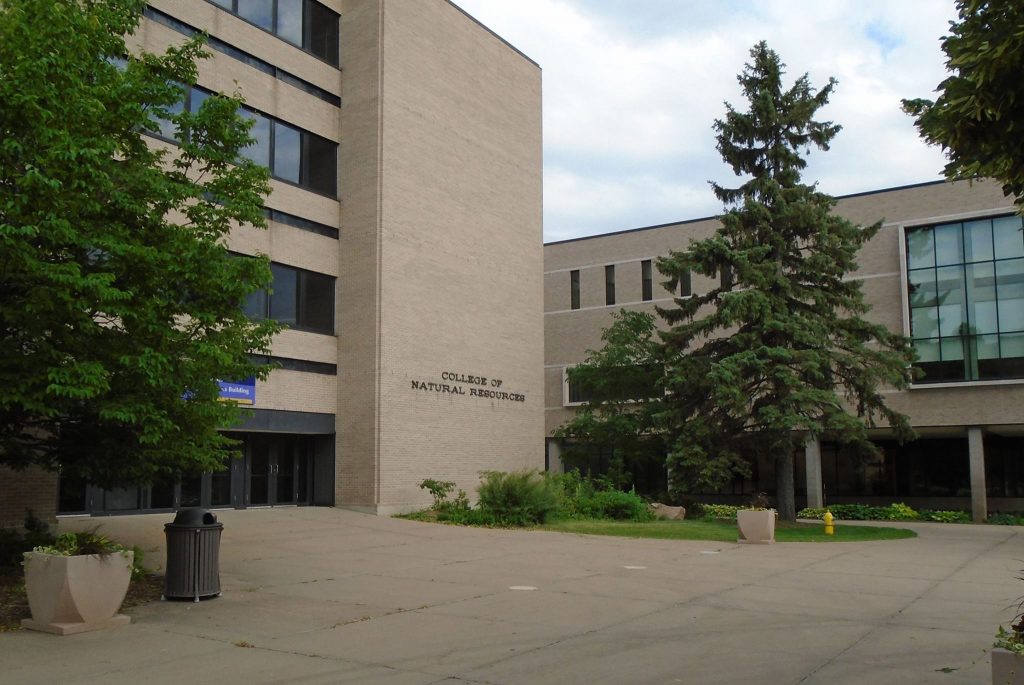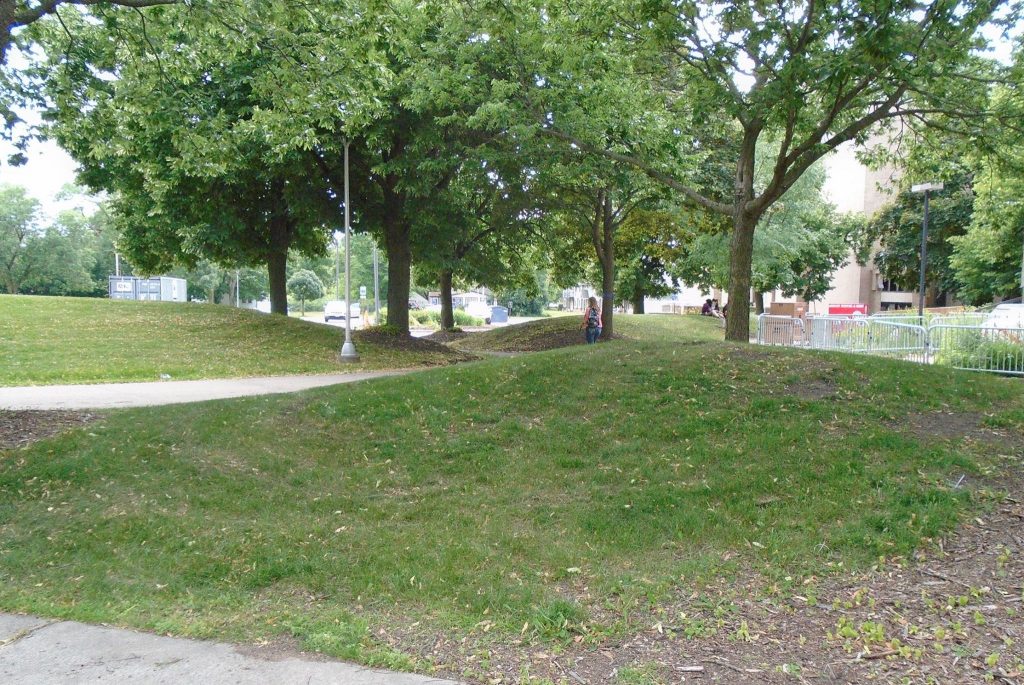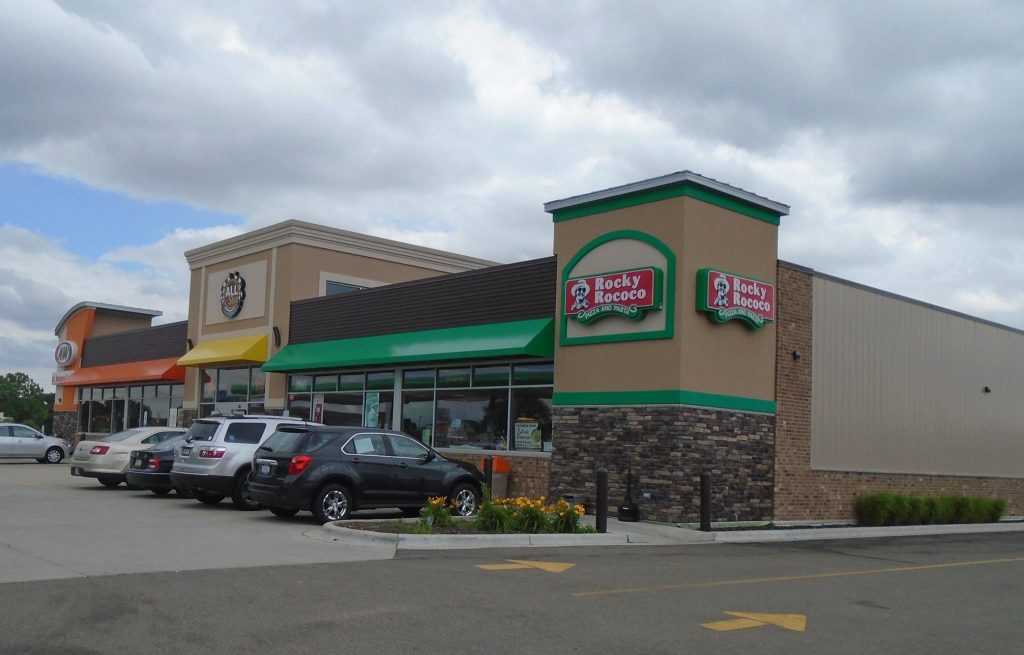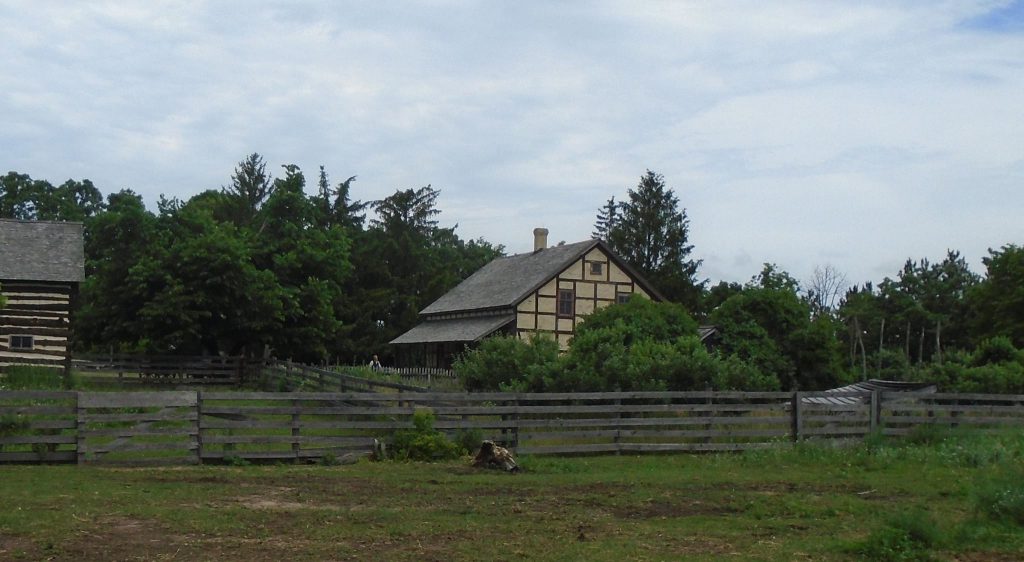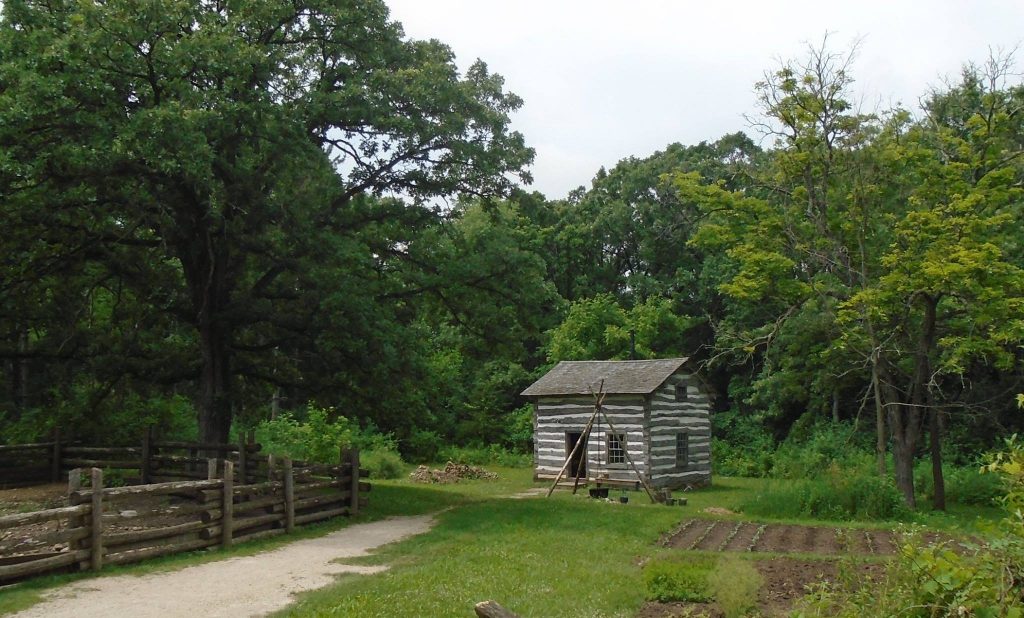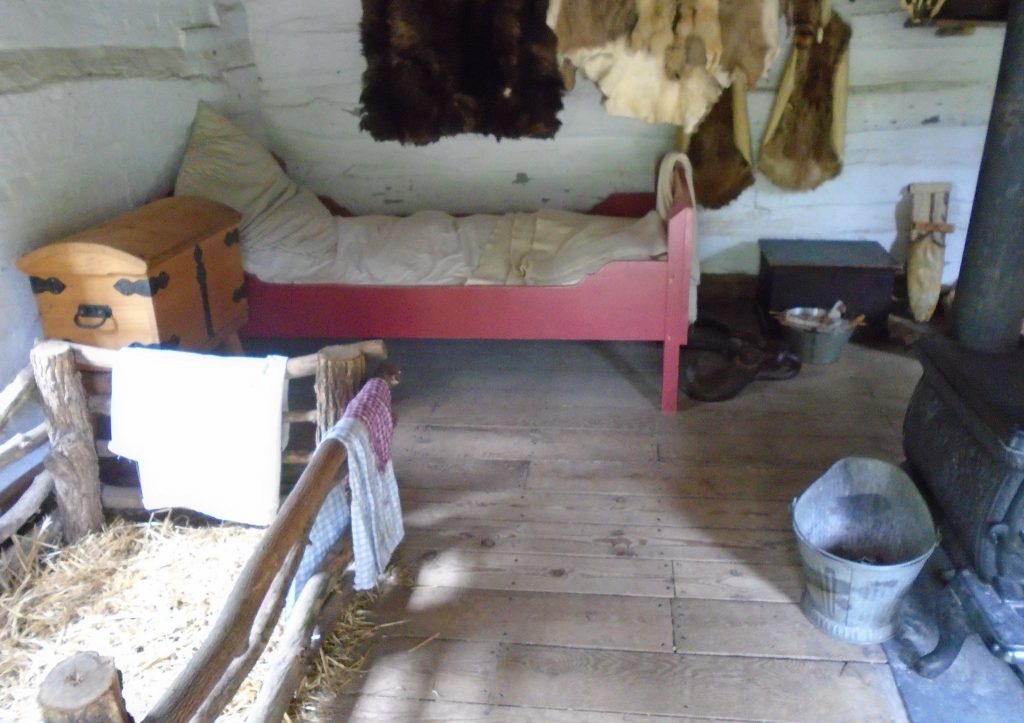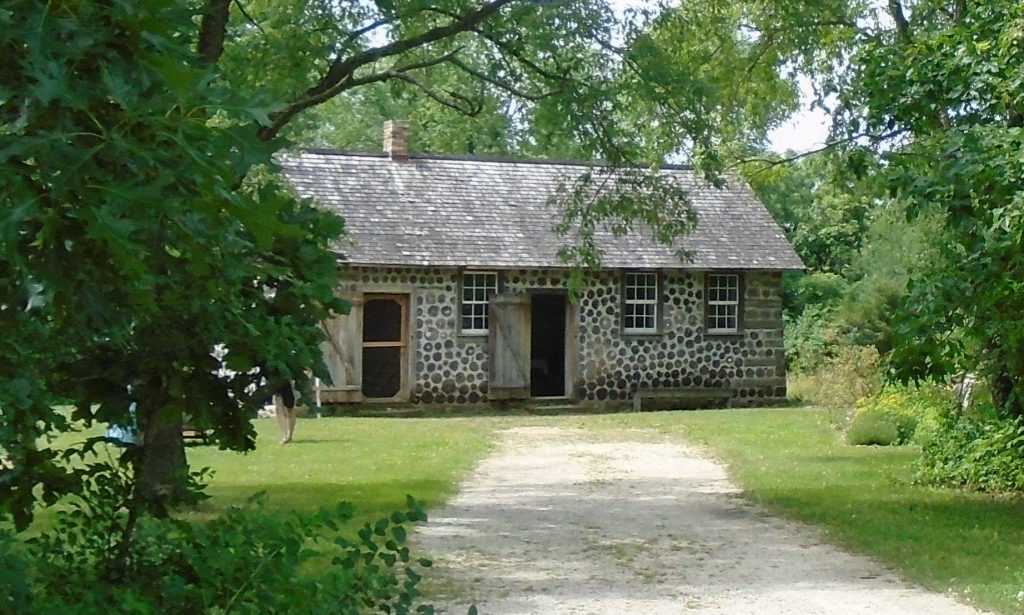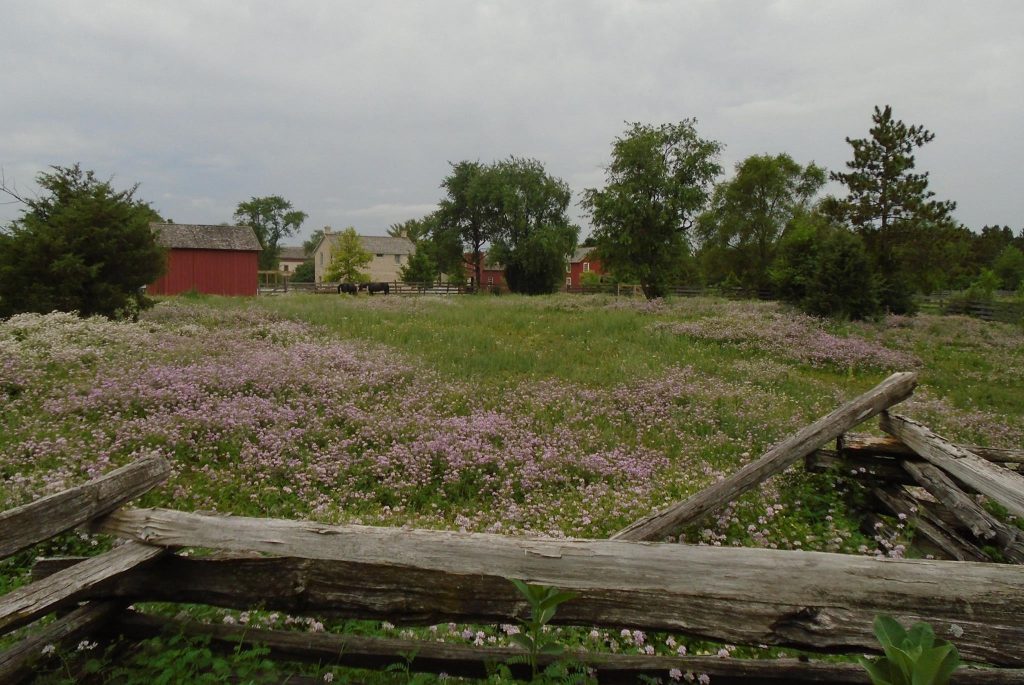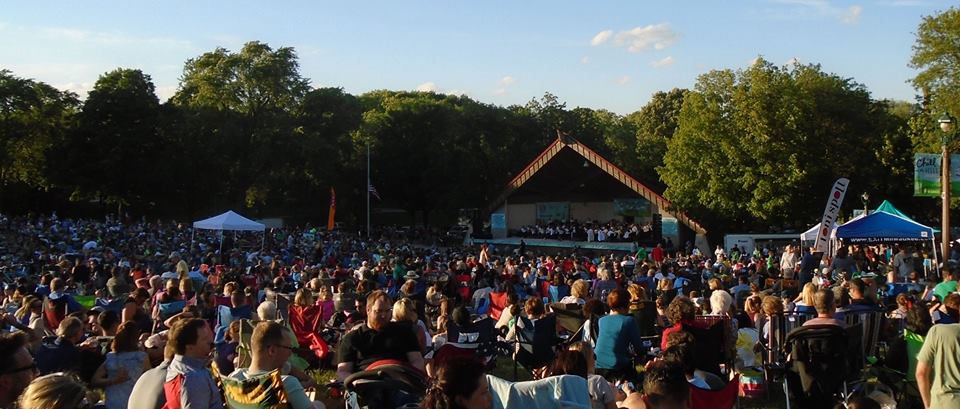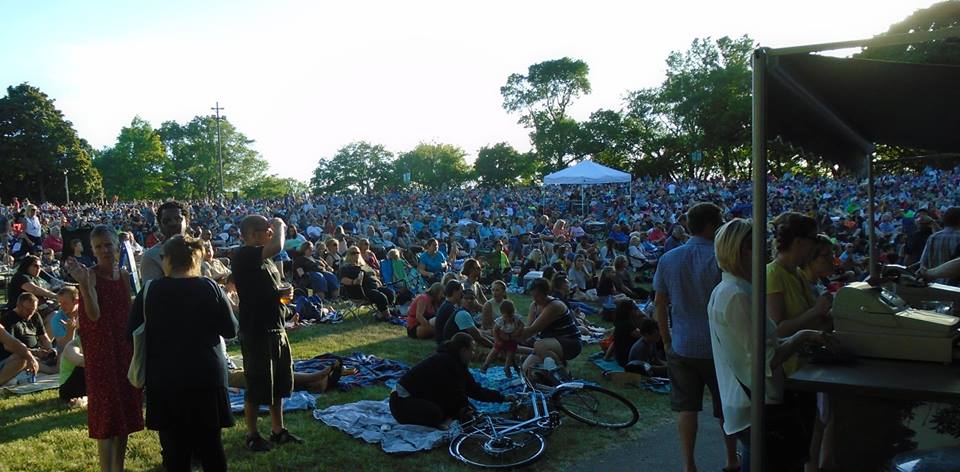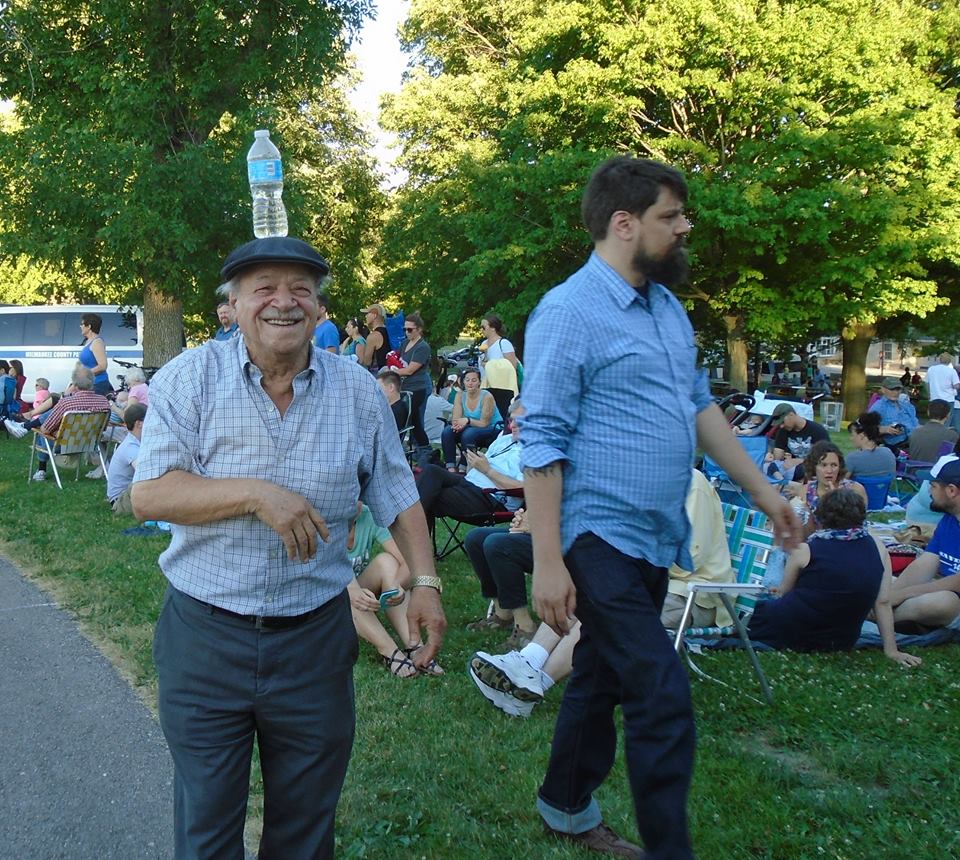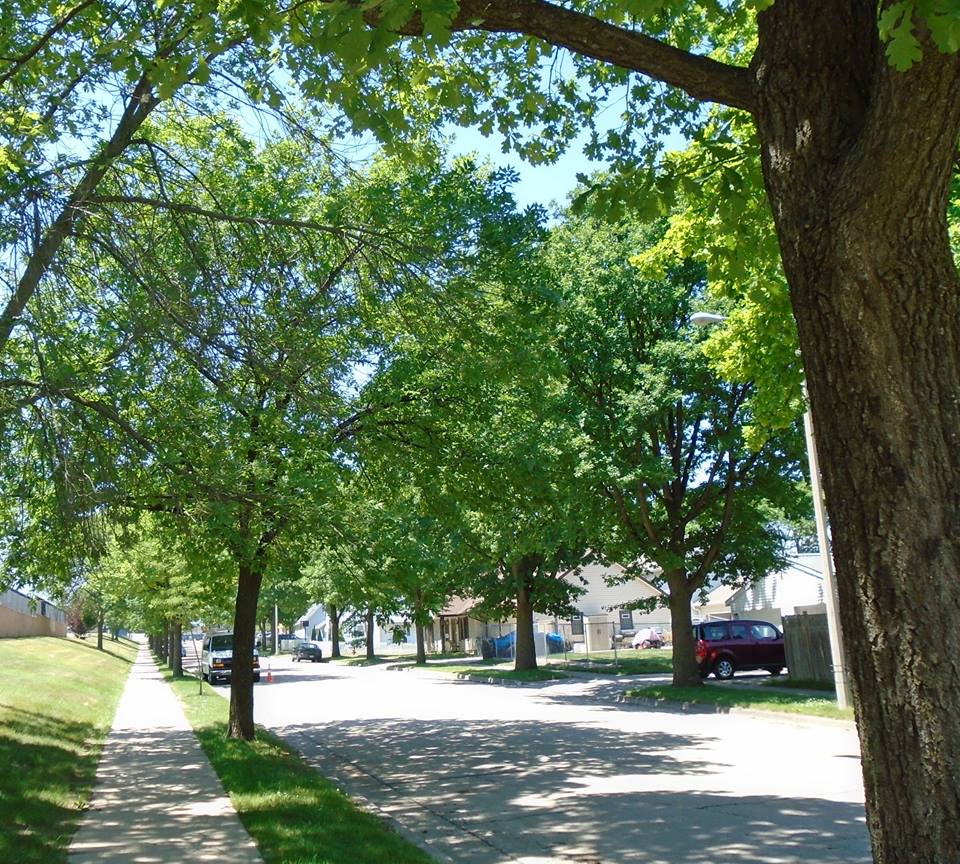Not ready for college
I was not ready to go to college when I went to college. My father was very supportive, but he had no experience with higher education. I didn’t have any close friends or older siblings who went to college. I was a stranger in a strange land with only a vague notion, not even a formed idea, about what I should do.
So I drank beer and “partied.” It is hard for me today to understand the young man I was. I had no real concept of my future, or even that there was a future that would include me. The odd thing is not that I felt like that, but that I don’t recall that it even bothered me. I guess I kind of lived in the present and had confidence that the future would sort itself.
I think today the school would have wanted to do some sort of intervention and sort me out. My 1.6 GPA would have been one indicator of trouble. But I am glad that I got to sort it out myself and with the help of friends. I don’t trust professionals on this sort of thing.
I stopped off at Stevens Point today and walked around on the campus and in the woods. They have done a good job managing the woods and wildlife. The forests and fields north of campus are the laboratory for the students. There were bunches of kids looking for bugs. They were assigned to find and study the diversity.
Lizard mound and ancient Native Americans
Some things we will never know in detail and maybe there is not all that much to know. We don’t know who build the lizard mounds. We can speculate about why, but we really don’t know. Some things are lost to history, or in this case prehistory.
Lizard Mound park doesn’t get many visitors, although it looks like they bring school groups here. There was one guy sitting at the picnic table. He was making art out of pieces of birch bark. Seemed a pleasant enough guy. He said that he had previously lived in his vehicle, but now had a place to live. He said that he works enough to make money when he needs money, but does not need to work that much. I asked him if he needed anything, but he said no. Maybe he is just content. He gave me a flower made of birch bark and I gave him one of my tree farm mugs. The park includes mounds shaped like animals. What significance these had we can never know.
Never know. That is an interesting concept. We like to think that in the fullness of time, with new technology etc, but absent the invention of a time machine, we will never know. And maybe it does not matter. It is nice to have a feeling of mystery.
We know that these mounds were built between AD 500 and 1000. No mounds were build here in the last 1000 years. What happened to the people is unknowable. Well, we might be able to speculate if we took DNA. I walked around the mounds. There are few markers. If you didn’t know they were mounds you would not think much about them. It was very quiet, however.
The birch bark guy told me that I was lucky to come this week, since until a couple weeks ago the black flies and mosquitoes made a comfortable walk impossible.
My walk was pleasant. Pictures are from around the walk. I like the old fashioned pump. You don’t see them around very much anymore.
For your freedom and ours
On the way into Stevens Point is a monument to Casimir Pulaski, hero of Poland and America. For those unfamiliar, Pulaski came to America to help us during the revolution and was killed by British grapeshot while rallying troops in Savannah. He volunteered to fight for America and died in our cause.
I stopped off for a closer look. It is mostly about Polish-Americans who found for Poland during WWI. About 300 from Northern Wisconsin and Michigan went to fight for the old country.
Point Special Beer
A visit to Stevens Point would not be complete w/o a visit to Point Brewery. I drank a lot of that beer when I was at UWSP. I did not much like it, but it was cheap and available. It is not great beer, but it is one of my traditions. I have some rituals.
They do make a decent IPA. I bought a twelve pack of Point Special (tradition) and a six pack of IPA (actually good).
Good fast food
Speaking of actually good, I went to Rocky Roccoco and A&W. They share the same building, so I can have Rocky’s pizza and A&W Root beer. I like Rocky’s pizza a lot and I would go there even if it was not a tradition.
I am staying at Comfort Inn on County Trunk V near Baraboo. Tomorrow I will meet people at Aldo Leopold. The exit at County Trunk V has the Rocky’s, A&W and a Culver’s. A little bit of heaven.
My pictures show the Pulaski monument. Next is the Point Brewery and then Rocky’s and A&W. Last picture is a pine and a birch. This is relevant because Aldo Leopold’s essay “Axe in Hand” talks about birch and pine.
WPA builds parks
Just a few more pictures.
I visited Iverson Park in Stevens Point. It was created during the 1930s and the structures were build by the WPA. Very attractive.
The first three pictures show Iverson Park. When I first went to UWSP, we had a party there and I swam in the Little Plover River. I was so surprised that you could swim in a river. At that time swimming in the Milwaukee rivers would have been unthinkable. Penultimate picture is the College of Natural Resources at UWSP. Last is a white ash tree beginning to turn. As I mentioned in previous posts re ash trees, the green ash and allied tend to turn brilliant gold. The white ash turns more purple.

